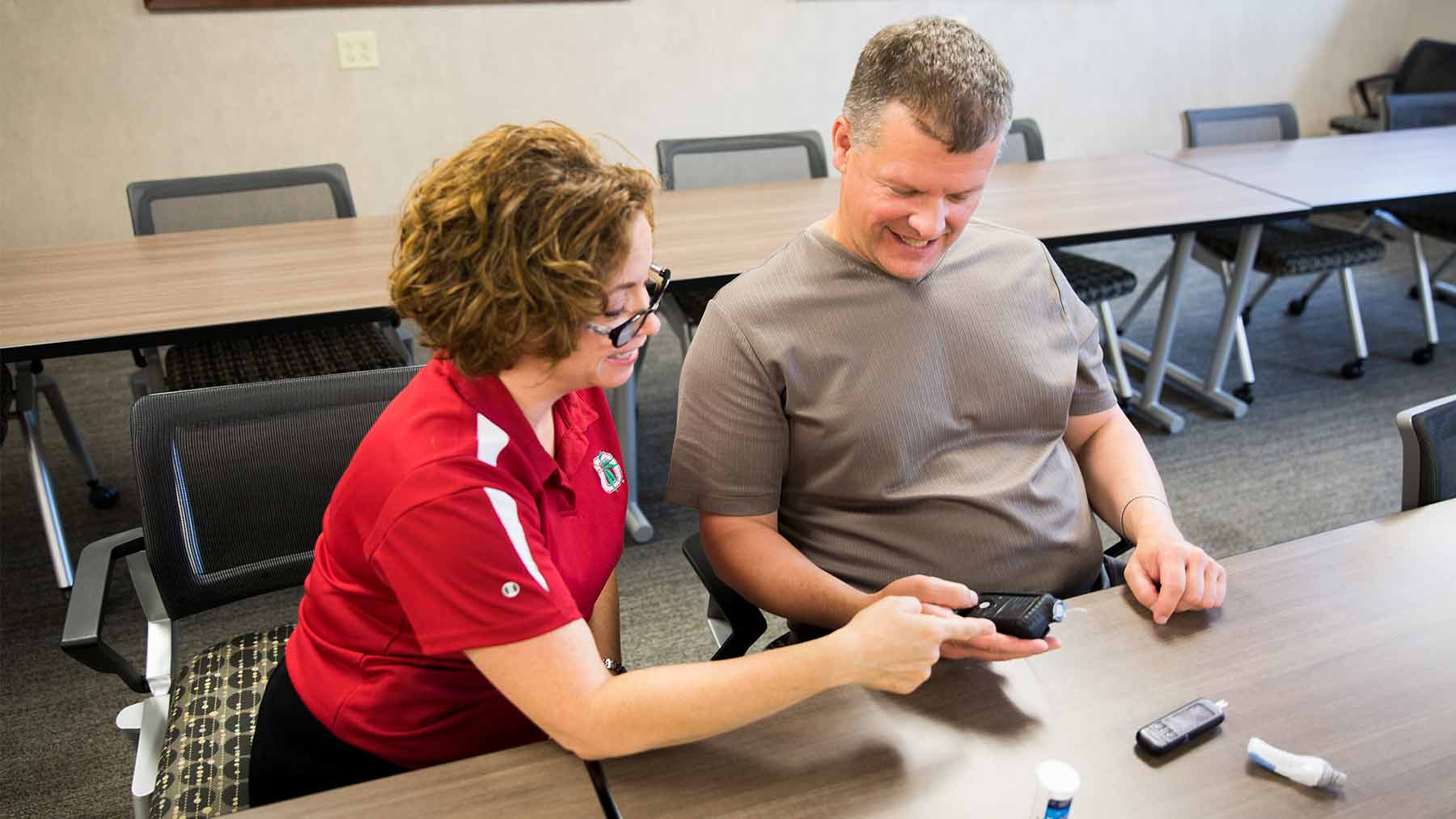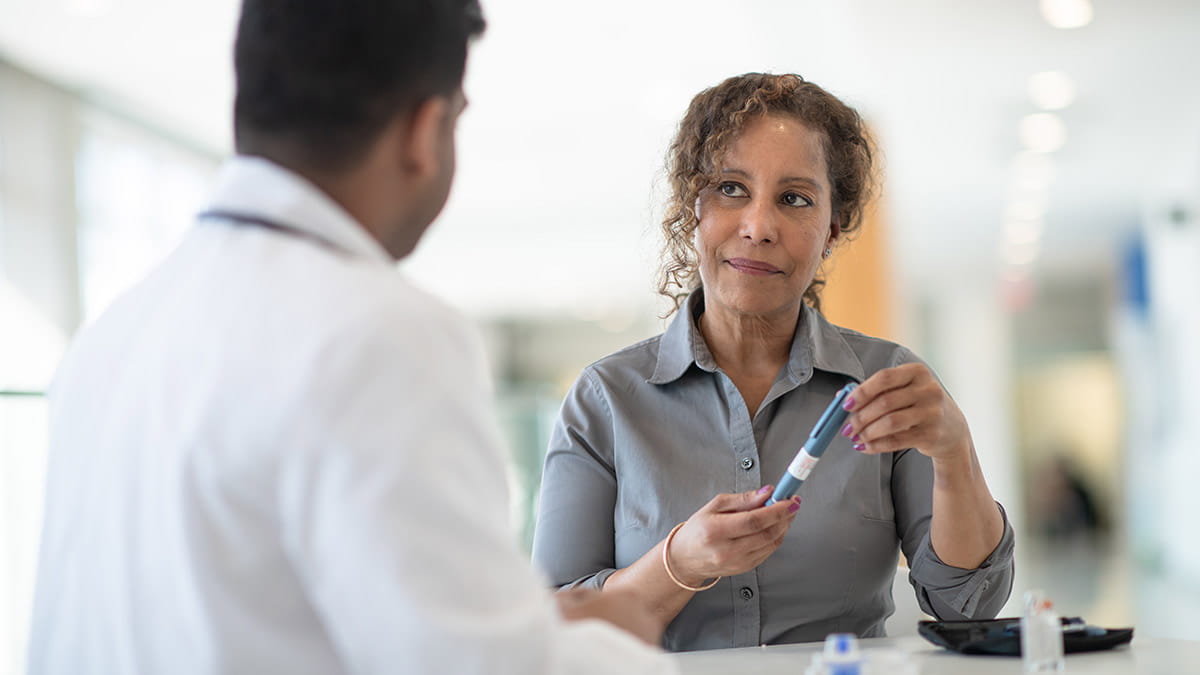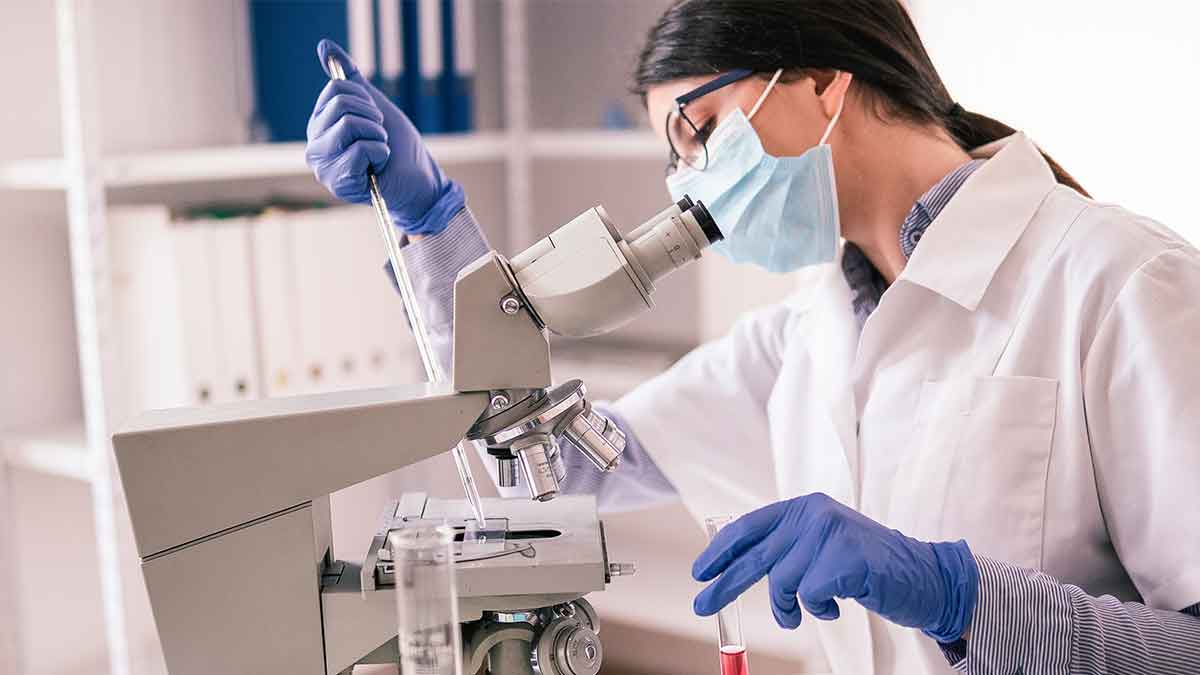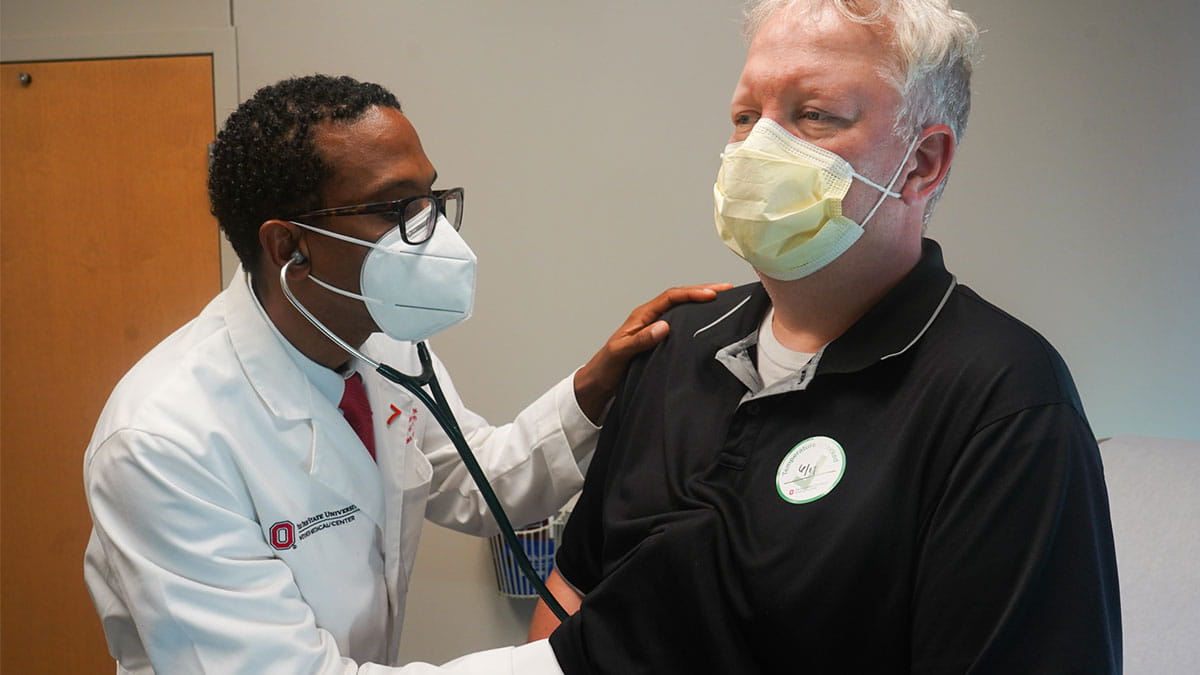New diabetes tech means less hassle, more control

It’s challenging for people who live with type 1 diabetes to manage their disease. There’s meal planning, carb counting, finger sticks, multiple injections per day and getting enough activity and exercise to stay healthy. People often tell me maintaining that level of vigilance to get their best blood sugar levels can be a burden. For some, it truly isn’t possible.
Thankfully, we’re seeing technological advances such as blood glucose meters that connect to your phone to log trends in blood sugar levels. With a simple click, that data can go to the diabetes doctor. New 24-hour insulin delivery systems that are available at the local pharmacy work like a simple pump and are easy to replace daily. For those with type 2 diabetes, several new medications have shown dramatic results, including one that also helps the heart. This is important as cardiac disease is the number one cause of death for people with diabetes.
Devices become more like a pancreas
As a certified diabetes educator, one of the more exciting concepts to me is artificial pancreas technology. This holds significant promise in taking a lot of the burden from the patient. We now have a new combined continuous glucose monitor and insulin pump system from Medtronic that can automatically adjust and deliver insulin.
This option is the first device that can act like an artificial pancreas.
Ideally, we want patients to maintain fairly steady blood sugar levels, without a roller coaster of highs and lows throughout a 24-hour day. Before this technology was available, patients had to make judgments based on their food, activity levels and stress level. While the patient still needs to enter the carbs they’re about to eat and set a new blood sugar target before they’re exercising, the pump does the thinking the rest of the time. This system will stop giving insulin before a low glucose occurs and will resume once the system identifies the blood sugar is safely going upwards.
Technology that learns
Another benefit seen with this technology is personalized analysis. A person’s insulin needs vary day to day and throughout the day – whether they’re stressed out, taking certain medications, exercising, relaxing or under the weather. In auto mode, the device monitors every five minutes and adjusts insulin dosing, more like the pancreas typically does on its own. Over several weeks, the device learns the patient’s patterns, helping to keep blood sugar levels steadier and healthier.
Higher glucose target improves success
There are many new technologies available to help people manage their diabetes and maintain good health. Talk with your doctor about what’s right for you.




